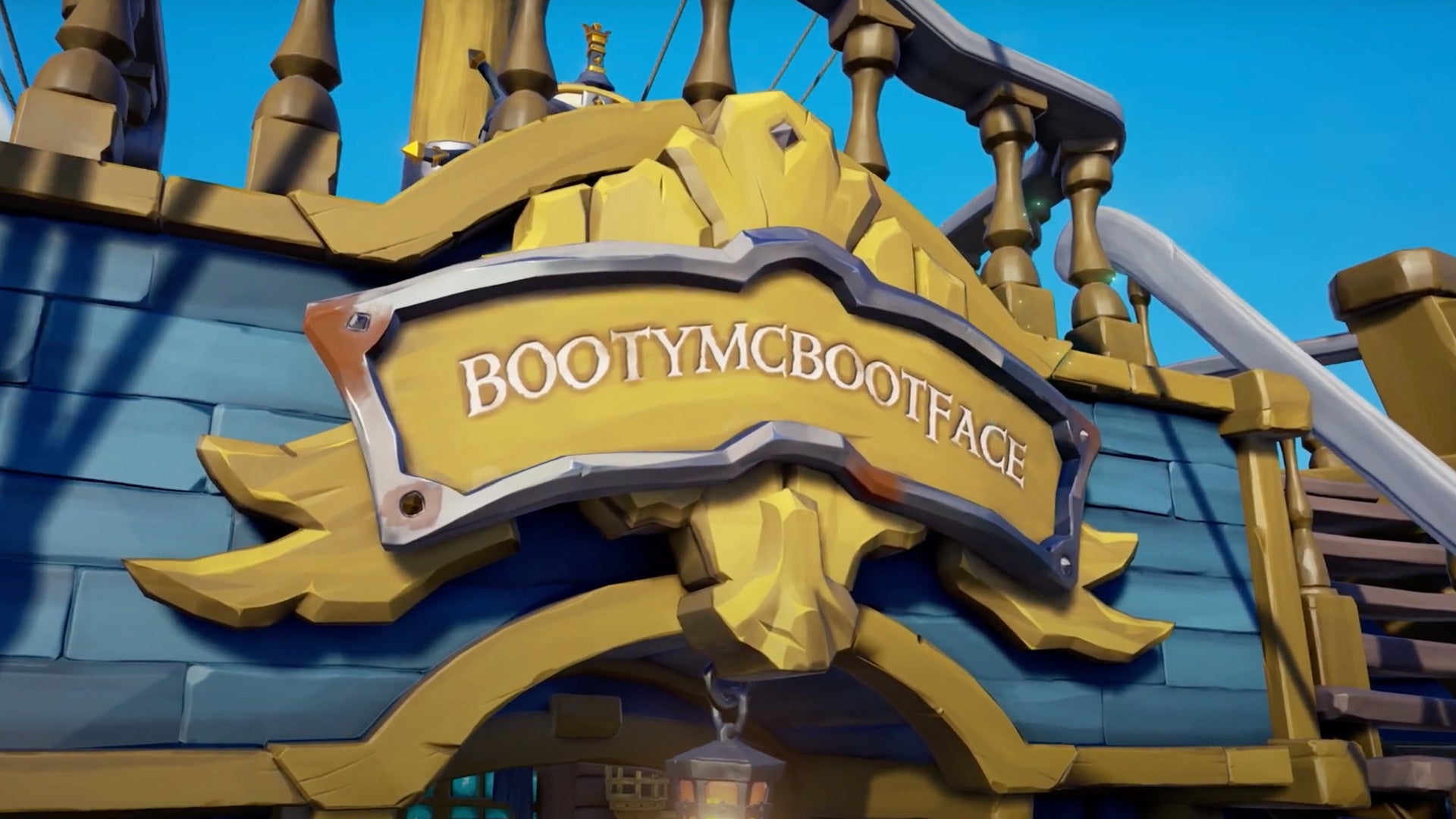Myons rain every moment from space to sea levels and depths. Other new methods for positioning in dives are also promised, and one has already been used on Mars.
You control at a depth of hundreds of meters from the submarine. The new myonimetric locator tells you where the ship is. Cameras and magnetic sensors assist in navigation.
Navigating in the depths with myons belonging to elementary particles is still a picture of the future. However, it can happen.
Submarines there is no public information on current navigation technologies. They are likely to use accurate laser gyroscopes. They can be used to calculate the position of a ship when the starting point and speed of the ship are known.
Another way is to determine the position according to the surface shapes of the base for high-frequency ultrasound. On a warship, the limitation of the method is the possibility that your own location will be revealed to the enemy listening to the sounds.
In the coming decades, people will learn to navigate the water as well as they do now on the surface and in the air. Some technologies are already on sale, others are coming.
Strangest technology or myonimetry is being developed in the new in the project a group of Japanese, American, British and Finnish researchers.
The money comes from the U.S. Navy. Soldiers when obsessed with moving to the forefront of locator techniques. One incentive for depth positioning is the growing importance of the Arctic.
“The ability to navigate the waters of the Arctic is becoming increasingly important. In the coming decades, climate change will open up Arctic waterways.
This is what the director of the Global Research Fleet, Dr., says Charles Eddy in the bulletin. Wireless myonimetric positioning is funded by the U.S. Navy Research Agency.
Satellite positioning or gps was born in the last century first for military use. Now the same pattern seems to be repeated in underwater and underground positioning.
Under the surface, you want something as reliable and easy to operate as the radio waves that handle positioning on earth.
Myonimetry works on the same principle as current satellite positioning. Instead of radio waves, only muons are used, which are exotic elementary particles.
Myons are formed tens of kilometers above our heads as cosmic rays rushing from space strike the atoms of the upper atmosphere. For every square centimeter, it rains an average of one myon per minute.
Myon’s properties are exotic and far from the mundane experience. Myoni weighs 207 times more than an electron, but is still very light. It travels at almost the speed of light. It has 10,000 times more energy than X-ray photons.
In theory, this is how positioning works by the muons of elementary particles falling from space. The drawing is from a study by Hiroyuki Tanaka.
Sound scary, but myoni is harmless. Myons pass through our body at a steady pace and do not interfere with the functioning of our cells in any way.
This security is one of the benefits of myon. The second is availability. Nature’s own particle source when producing myons for free.
Myones has so far been utilized for imaging. It is called myonigraphy. Myonimetry is based on myonography.
“Myonigraphy has been used to illuminate the pyramids, among other things. We develop myonography technology and sell measurement services to mines, exploration companies and water utilities, among others, ”says the geologist. Marko Holma, who is the CEO of the Finnish company Muon Solutions Oy.
The company, which sprouted from research at the University of Oulu, participates in the development of underwater myonimetry as a Finnish party.
“The study was started by a professor at the University of Tokyo Hiroyuki Tanaka. He is also the inventor of this technology, ”says Holma.
“Our company has been collaborating with Professor Tanaka in myonigraphy for several years. However, myonimetry does not take pictures, so it is not myonigraphy. ”
However, both methods take advantage of the properties of atmospheric myon particles.
Tanaka illustrates the idea of myonimetry for underwater positioning with a simple drawing he published in their study.
Here’s how. Three buoys float on the surface of the sea, locating themselves with satellites.
Next to the locator are myon sensors. The locator also has its own myon sensor under the surface. Sensors record when myons arrived from the sky.
The distance is calculated from the time differences between the navigator and buoy sensors. All you have to do is tell the time at the speed of light. At a depth of another 500 meters, the speed of myon is 0.9999999 times the speed of light.
When the distance to the three reference points, i.e. the buoys, is known, the coordinates of the position below the surface can be calculated.
In practice, many problems remain to be resolved. The Japanese have built a small myon locator in the laboratory. They have also modeled computer-based positioning on a kilometer scale.
When coming from the laboratory to the real world, encountering many obstacles. One is the cold.
Finns joined the study because Northern Finland has a suitable combination of expertise in the field and icy environments.
“Our company specializes in Arctic conditions, but we also participate in product development. In addition, we perform data analysis and write project reports and publications, ”says Holma.
“Finland’s tests are to be done on ice. We make an opening in the thick arctic ice, through which a myonimetric measuring device is obtained underwater. We will conduct field trials in Northern Finland during 2022. We have not yet chosen a more specific place. ”
Experience ground navigation has shown that several techniques are needed for positioning. They are also being developed for subsurface navigation in addition to myonimetry.
Traditional positioning acoustically, i.e. with sound waves, is inaccurate. Turku-based company UWIS take advantage of silence instead of sound.
There are again three buoys on the surface that locate themselves using satellites. The distance between the buoys is a maximum of about one hundred meters. The main buoy transmits location information to divers using ultrasonic breaks, as do divers to the buoy. Buoys on the boat send messages to the pilots via wi-fi.
“The content of the message is, in fact, at precisely scheduled intervals for ultrasonic transmissions. Of course, there are a lot of technical details involved. However, it allows us to make the system work, ”says the company’s CEO Pertti Arvonen.
“Not only can we locate underwater destinations, we also get location information and messages for divers. So, in addition to his own location, the diver knows the locations of other divers, ”says Arvonen.
The maximum distance of the diver to the nearest buoy must be 500 meters. The maximum depth is about 150 meters. The technology can also be used to locate remotely operated underwater vehicles. The commercialization of the method has already begun.
“Users have initially been authorities such as rescue services, police, border guards and the navy. The devices have been delivered to the authorities in Finland, Sweden and Germany. ”
Tourists equipment for diving is also coming. According to Arvonen, a diving park will open in Turkey these days, where divers’ movements can be watched on a large screen at a nearby lighthouse.
“The new app is science diving. Marine biologists and archaeologists use these devices in their research work. For example, the Academy of Helsinki’s Scuba Diving Academy has ordered equipment, ”says Arvonen.
“Science diving is growing the fastest at the moment,” says Arvonen. Delivery to the U.S. Institute of Marine and Climate Research (NOAA) is already underway.
Nasa that is, the U.S. space administration is still experimenting with underwater navigation with its own technology. This means of locating is called odometry. It comes from the word odometer.
The devices accurately measure direction and distance. When the data is combined with the data collected by the cameras, the data allows navigation, without constant connection to external beacons.
The technology has been used on Mars in a Perseverance ATV and an Ingenuity helicopter.
Now the same techniques are being tested a research robot in Orpheus underwater, first in shallow waters off the east coast of the United States. The ultimate goal is to locate at a depth of more than 6,000 meters on the seabed.
The integration of terrestrial positioning means has been studied in the project ASPN, or All-Source Positioning and Navigation.
The goal is for the devices to switch from one positioning mode to another on the fly. Chinese Harbin University of Technology scientists have already developed underwater ASPN technology.
.
#Positioning #techniques #Orienteering #diving #successful #muons #striking #space #Finns #involved #developing #equipment






